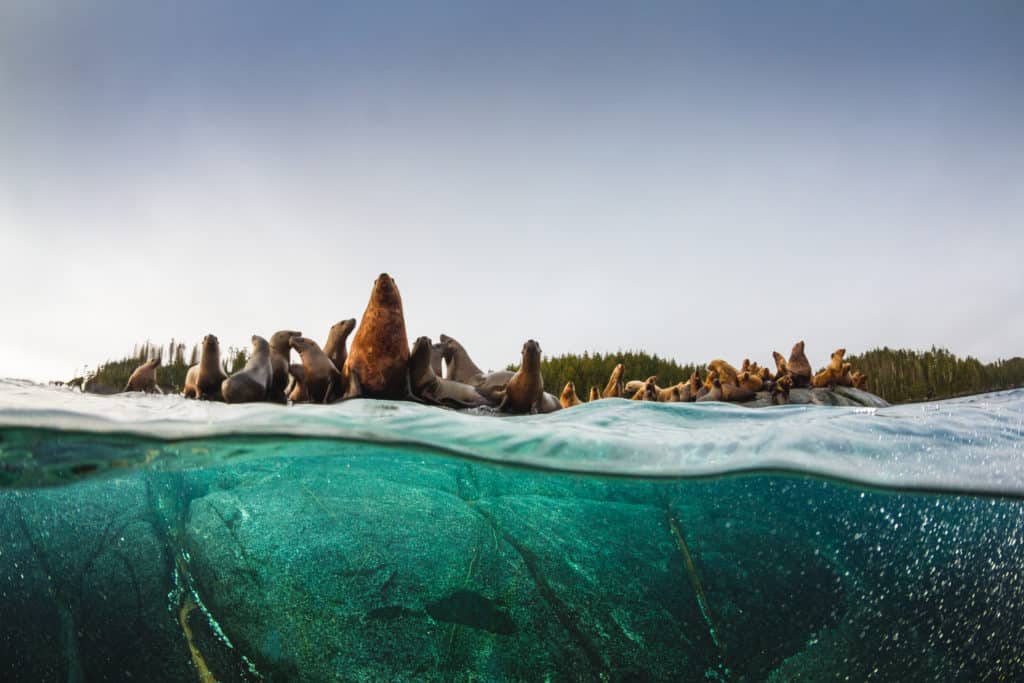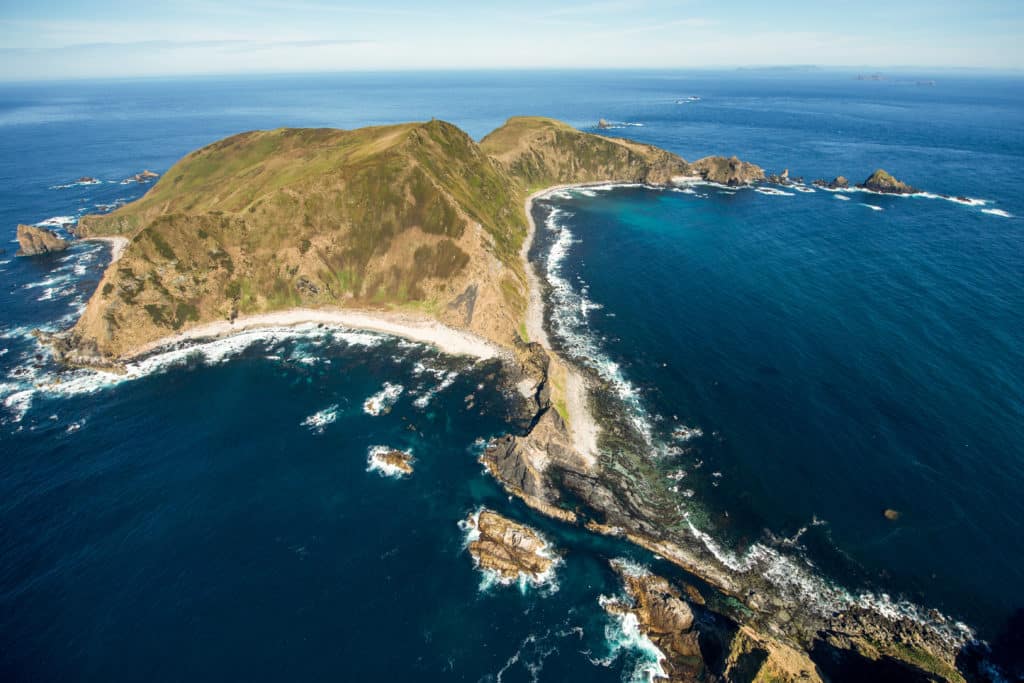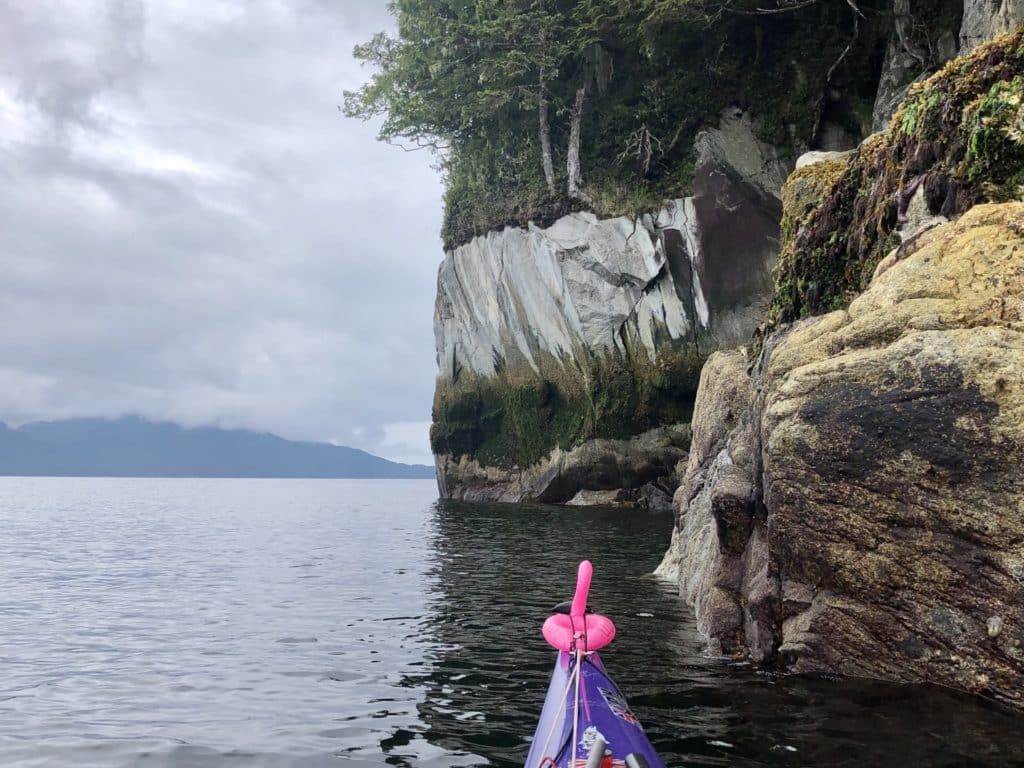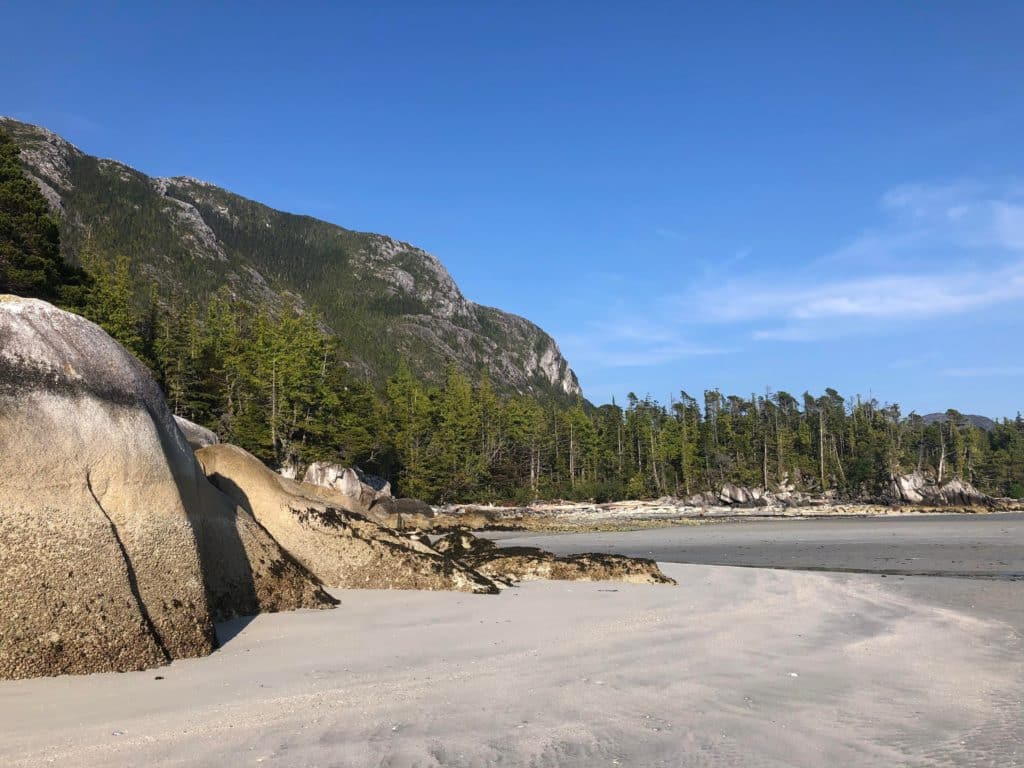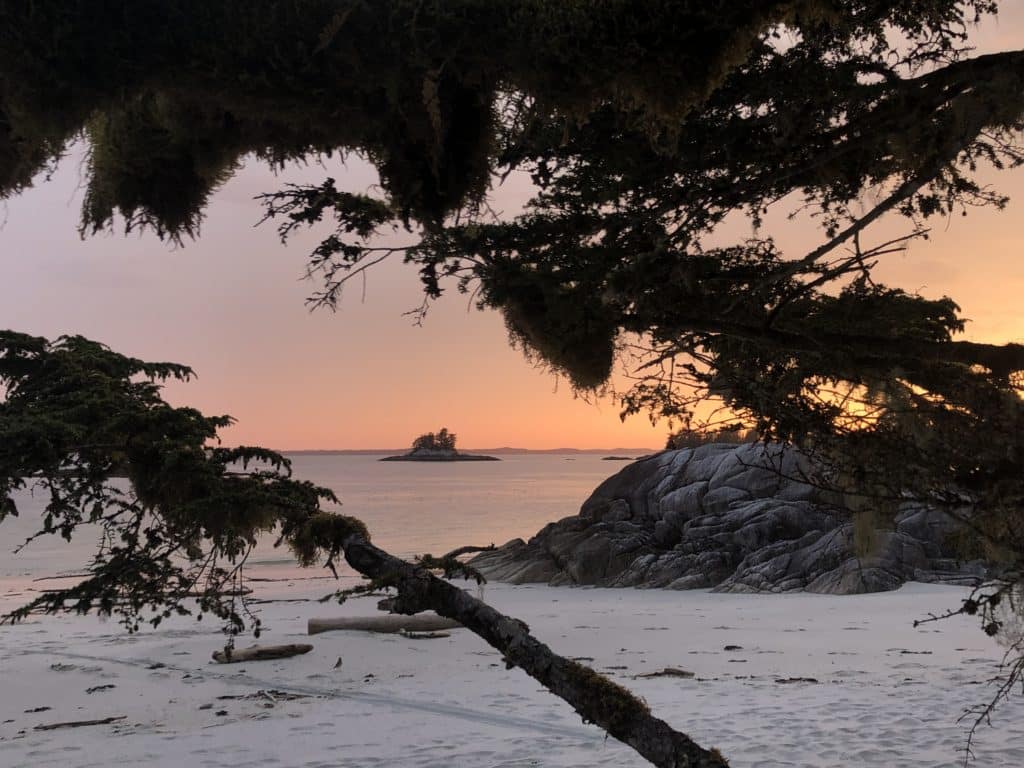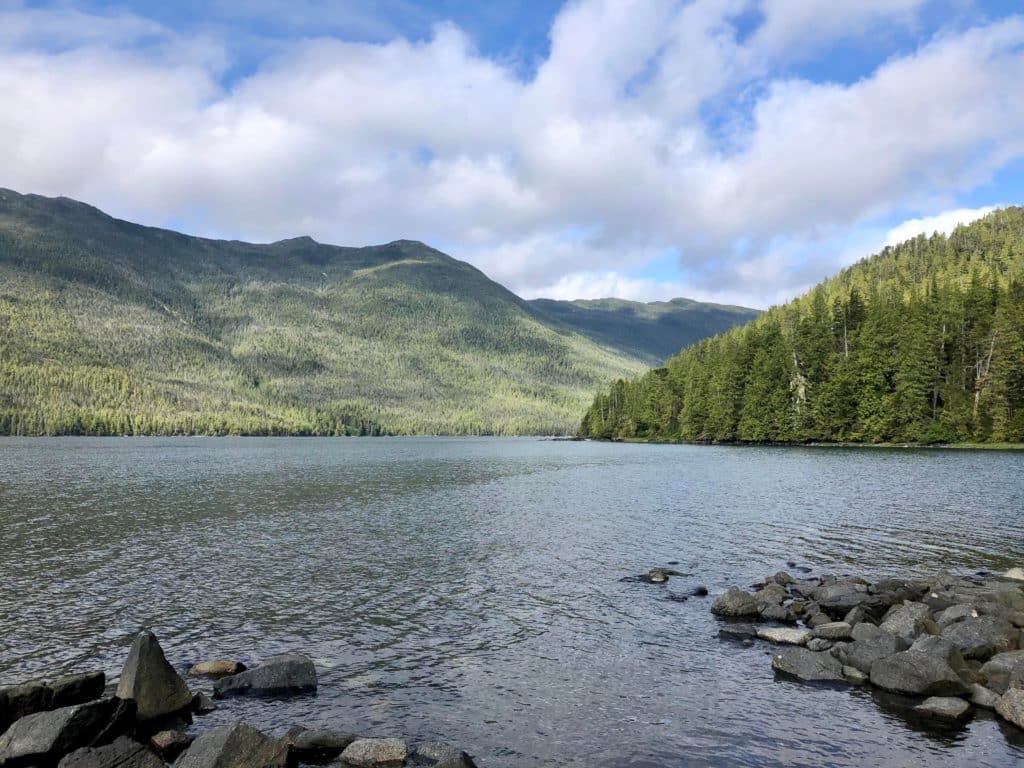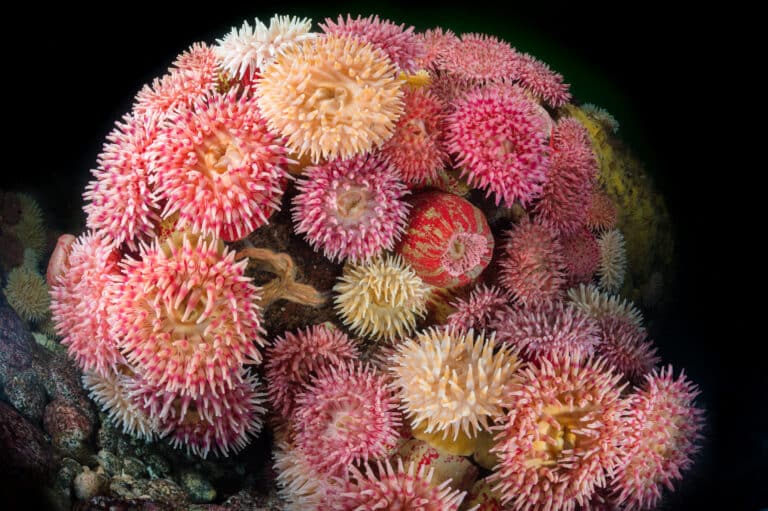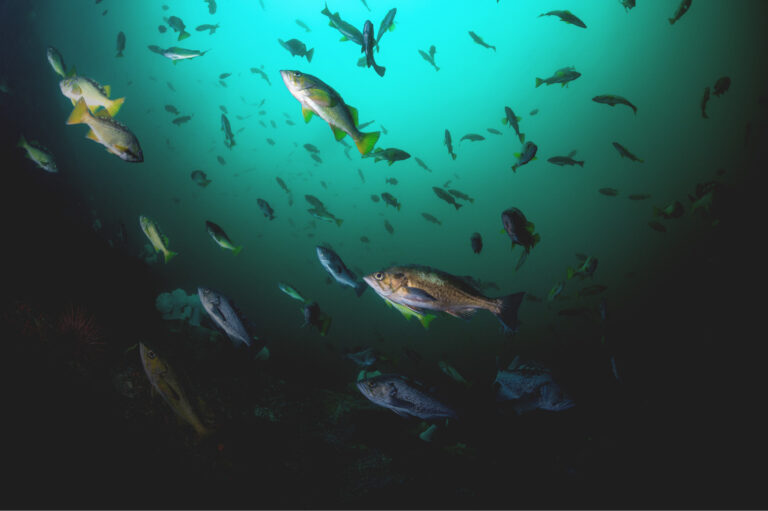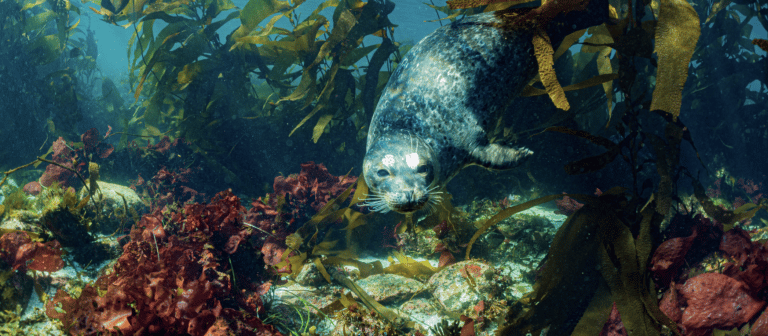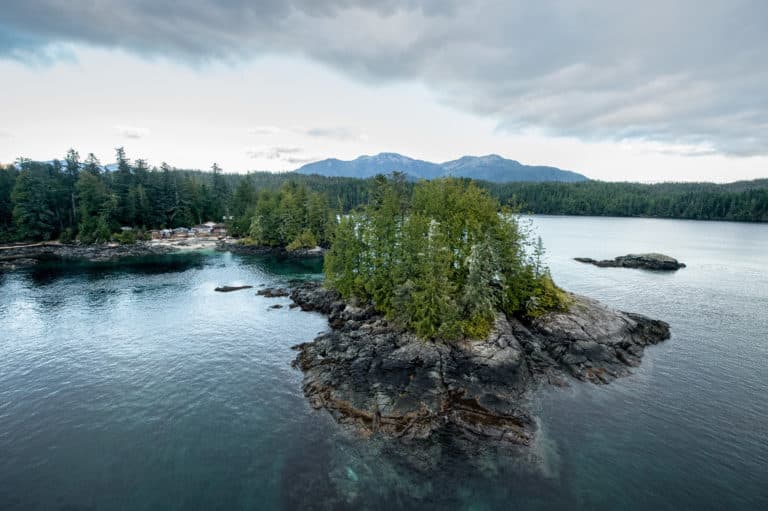Canada holds the record for the longest coastline of any nation. Our coasts are bound by three oceans: the Atlantic, the Pacific and the Arctic. These oceans support life for countless marine and terrestrial ecosystems and support coastal communities throughout Canada. In 2014, the World Parks Congress recommended protecting at least 30% of the world’s oceans to recover fisheries and maintain or restore biodiversity and the ecosystem services we all rely on. The government of Canada has committed to honor this recommendation by aiming to protect 30% of our oceans by 2030.
Approximately 14% of our marine environment is currently protected, and much less than that is fully or strongly protected from harmful human activities. An assessment by the Canadian Parks and Wilderness Society (CPAWS) of Canada’s federally protected marine protected areas (MPAs) found that only 0.4% of Canada’s oceans are afforded strong protection. Strongly protected MPAs are either fully or highly protected against destructive or extractive industries, like commercial fishing.
Over the past few years, Canada has made progress on the establishment and management of MPAs, by implementing new and improved protection standards. In 2019, Canada announced that it would prohibit the most harmful of human activities to marine ecosystems (i.e. bottom trawling, oil and gas exploration, mining and dumping) in all new federal MPAs going forwards. However, these prescribed minimum standards for protection will not be extended to all existing MPAs, which make up nearly half of Canada’s 30×30 promise. There continues to be more work to be done to help safeguard our oceans for future generations.
As a part of the 30×30 promise, 17 First Nations, the Province of B.C. and the government of Canada have teamed up to develop Canada’s first MPA network spanning from Northern Vancouver Island to the Alaskan border. This network – the Northern Shelf Bioregion MPA Network – would provide a system of interconnected MPAs. As a network, these MPAs are being designed to work synergistically with each other to preserve a larger area and safeguard entire ecosystems rather than individual geographically designated areas. This is especially important to migratory species which inhabit different ecosystems within their lifecycle. If implemented, the Northern Shelf Bioregion MPA network would greatly expand upon and strengthen current marine protection in Canada, thus helping to safeguard food security, the blue economy of coastal communities and recreational opportunities for generations to come.
Susan Conrad's Journey
In June of 2022 solo expedition kayaker, Susan Conrad, traversed a large stretch of the Northern Shelf Bioregion by kayak and sent audio and visual updates back to our team, which we plotted onto a map. During a 78 day kayak adventure from the San Juan Islands to Sitka, Alaska, Susan became the eyes and ears for Pacific Wild. Together we explored many of the existing and proposed MPA’s in her stretch traversing the coast of the Great Bear Rainforest.
“I believe that the MPAs within the Great Bear Rainforest deserve a higher level of protection than [they] currently [have]. The Great Bear Rainforest is part of an incredibly important marine ecosystem…Even if we’ll never travel to this area, all the oceans are connected…Regardless of where we live, it’s all one ocean” – Susan Conrad
You can help us hold our government accountable to upholding their 30×30 promise. Tell Minister Murray to make protecting 30% of Canada’s oceans by 2030 a priority and follow along for more news on how to get involved in the Northern Shelf Bioregion MPA network’s consultation process.
